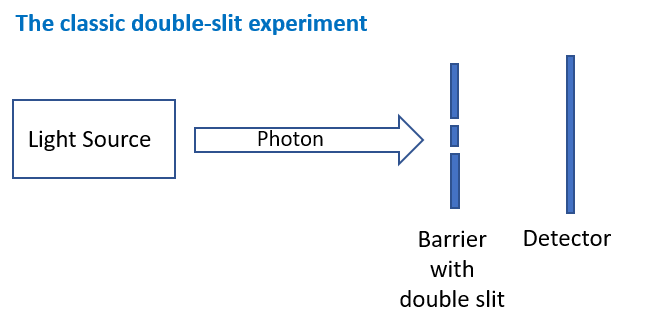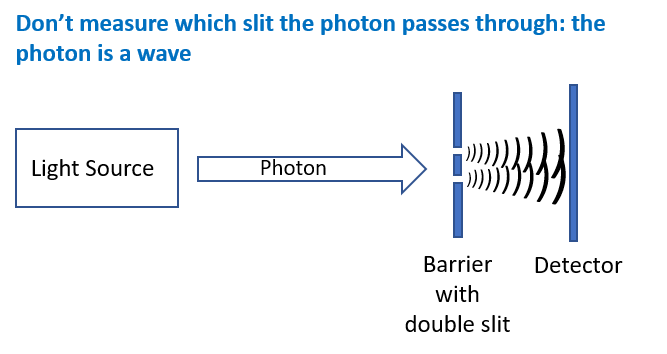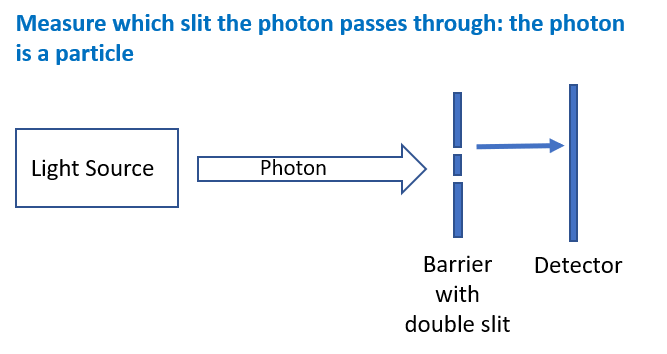The Profound Link Between Light and Gravity
Written on
Chapter 1: A Journey Through Education and Physics
My academic journey was quite erratic until I reached university. Before that, my family moved frequently between countries, leading me to experience various educational systems, often taught in languages I had to quickly learn just to keep up with the material.
Naturally, by the age of fifteen, I had a mixed bag of knowledge and needed to rapidly catch up to pass the British O-level and A-level exams, which were essential for higher education at that time. Much of my understanding of mathematics came from self-study, utilizing a range of textbooks that often seemed designed to either confuse the reader or make the subject unbearably dull.
However, this challenge had its benefits: I learned to grasp concepts rather than merely memorize formulas. As a result, I occasionally managed to derive new ideas before I encountered them in conventional textbooks. The more I studied, the more I grew fond of Physics, as it is essentially an ongoing symphony of concepts.
Although I couldn't study Physics at university, my interest in the field, especially cosmology, continued to deepen. In my thirties, I juggled work and personal life while striving to enhance my understanding of theoretical physics, all while grappling with the need to boost my mathematical skills.
Now, as I enter my sixties, I find myself revisiting the challenges that puzzled me many years ago.
To the average reader, the issues of theoretical physics might seem esoteric and of little relevance to daily life. Yet, they are fundamental and will ultimately prove as useful as Maxwell's equations of electromagnetism— which powered the 20th century— and Einstein's General Relativity, which is crucial for GPS signal corrections, calculating gravity-assisted trajectories for interplanetary missions, and understanding the universe's evolution.
Physics is truly astounding. Have you ever contemplated gravity?
We exist on the surface of a relatively large planet. Earth has a diameter of approximately 12,742 kilometers and a mass of around 5.972 x 10² kilograms. In other words, it's quite a massive piece of space rock. According to General Relativity, mass distorts spacetime, and this distortion manifests as gravity. Every atom in our bodies is perpetually pulled toward Earth's center by gravity, which is why we don't float off into space.
Yet, what's truly peculiar is that, despite Earth's immense size relative to our small bodies, gravity's effect is surprisingly weak. We don’t require significant strength to rise from a chair or reach for a drink. The massive mass below us exerts a force that we can easily overcome by simply lifting our arms.
In contrast, the other fundamental forces are much stronger. A small bar magnet can lift metal paper clips off a surface. Even a tiny magnet weighing just 100 grams can counteract Earth's gravitational pull, which is astonishing when you reflect on it.
For over a century, one of the major puzzles in physics has been this discrepancy between the fundamental forces. Gravity is significantly weaker than the other three fundamental forces (strong nuclear, weak nuclear, and electromagnetic) by several orders of magnitude. Yet, despite its weakness, it is the only fundamental force that theoretically has an infinite range and for which a comprehensive quantum interpretation is still lacking.
Additionally, we face the challenge of electromagnetic radiation, commonly known as "light," which is more accurately referred to as photons. This category encompasses everything from x-rays and ultraviolet light to infrared radiation, which we perceive as heat through our skin.
With modern observational satellites like COBE and Planck, we can detect photons that were emitted over 13.7 billion years ago and have been traveling through our expanding universe ever since. We utilize light in lasers and on our entertainment screens. It helps us see in darkness and, through radar (which uses photons beyond our visual range), it facilitates air travel and enables us to image planetary surfaces. Photons are truly everywhere.
However, our understanding of photons remains limited.
The conundrum lies in the fact that a photon can behave like both a particle and a wave, depending on the experiment conducted. This raises the question: how can light embody both states, and thus not entirely fit into either category? This duality has puzzled physicists since the well-known "double slit" experiment demonstrated the wave-particle duality.
For those unfamiliar with the double-slit phenomenon, here's a brief overview. At one end of the setup, a device emits discrete photons (similar experiments have been conducted with electrons, yielding the same results). At the other end, a detector records where each photon lands. Between them is a barrier with two narrow slits. If photons behave as waves, they can pass through both slits at once and interfere with themselves, creating the classic "striped lines" interference pattern seen when waves overlap on a pond's surface. Conversely, if photons act as particles, they will pass through one slit or the other, striking the detector at a single point.
The intriguing part is this: if we observe which slit a photon passes through, it behaves as a particle. However, if we refrain from measuring its path, it acts like a wave. This phenomenon can be illustrated as follows:



As I have contemplated these two pivotal issues—gravity and photons—at the core of modern physics, they increasingly appear interrelated.
Both gravity and photons possess effectively infinite reach, even though gravity's effect diminishes with the square of the distance between two objects, while photons lose energy as they redshift due to the universe's expansion. The key insight here is encapsulated in E=mc², which asserts the equivalence of energy and mass. This means that even massless particles like photons generate a (tiny) gravitational field owing to their momentum. Consequently, each photon is accompanied by a minuscule gravitational field.
But what occurs with this gravitational field in the classic double-slit experiment when the photon behaves like a wave, passing through both slits simultaneously and interfering with itself?
This inquiry, above all others, convinces me of a profound link between electromagnetic radiation and gravity.
Regrettably, I'm not the right person to delve deeper into this potential avenue of research. My age, limited mathematical skills, and insufficient grounding in specialized areas like Quantum Field Theory hinder my progress. Nonetheless, I hope to live long enough to see someone unravel this deep yet elusive relationship.
When that breakthrough happens, we will make tremendous strides in our fundamental understanding of nature.
Chapter 2: Exploring Disney Illusion Island
The first video delves into the gameplay of Disney Illusion Island, showcasing the "A Little Light Reading" segment, which highlights the mechanics and fun elements of the game.
The second video presents a more in-depth look at "A Little Light Reading" from Disney Illusion Island, providing insights and reactions from viewers.